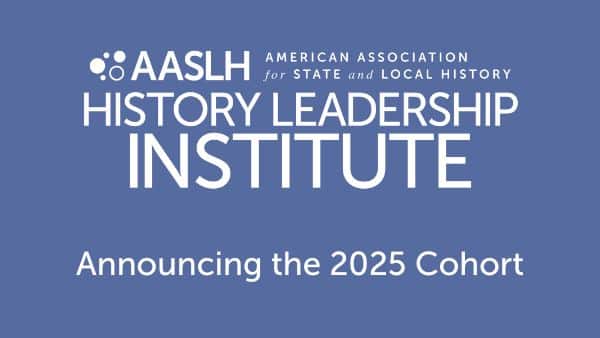So you work in a small county museum or perhaps even a large institution.
A donor walks in and hands you a uniform and says, “my grandpa wore that in the Civil War.” Your knowledge of collections care and management is outstanding, but you have no idea whether the item the donor has includes the correct provenance, is a fake, or is perhaps from a different conflict, or maybe even from a different nation all together.

Where do you turn for help? What determinations about this historic military textile can you make on your own? What details about the garment can help you either prove or disprove the provenance?
Another donor walks into your institution with a photograph of what appears to be soldiers. Your donor knows nothing about the image. How can you begin to determine the time frame of the image or even the nationality?
Back in the 1950s your institution collected everything they could acquire including what appear to be cannon balls, grenades, and firearms. Are they safe? Are they still live? Are the weapons loaded?
AASLH has many resources for dealing with military artifacts, including:
- The Problems with Military Donations Podcast
- Technical Leaflet, The Management of Firearms Collections
- Technical Leaflet, Explosive Ordnance Safety
If you have faced any of these challenges or anticipate that you will, then AASLH can offer help. The best way to begin to understand the nature of military collections and the details unique to military artifacts is to attend the AASLH Military Collections Camp in Oklahoma City in June. We will explore these topics and many, many more issues related to military collections. The camp is not only a learning opportunity it is also packed with fun.
Myers Brown is an Archivist III in the Archives Development Program at the Tennessee State Library and Archives. He also is on the faculty for the AASLH Collections Camp: Military History workshop.



